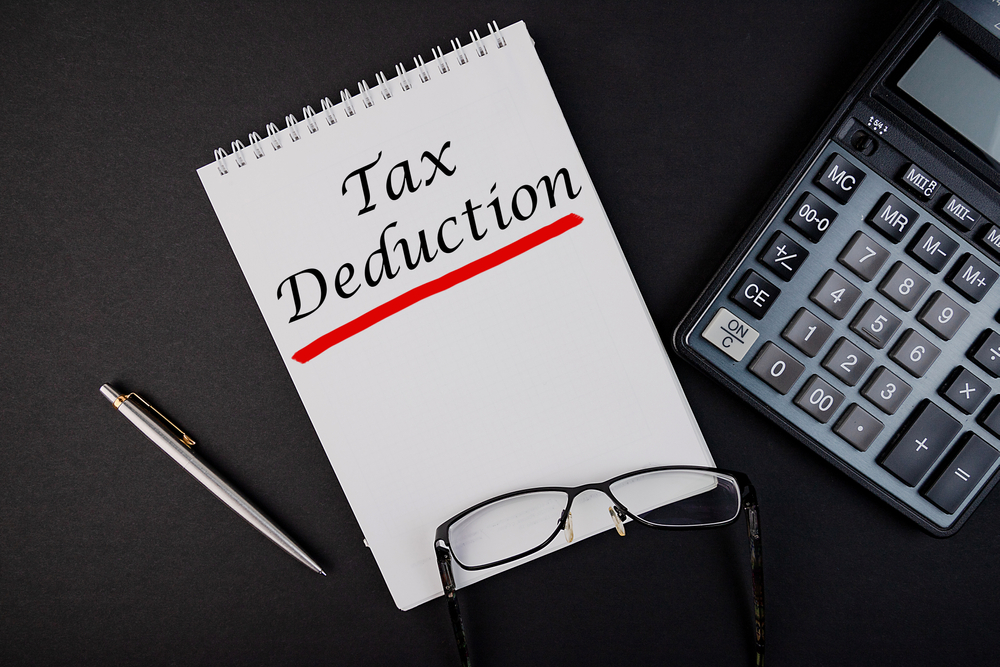
How to Claim a Refund for TDS Deducted on FD Interest
Fixed Deposits (FDs) are a popular investment option for many, offering guaranteed returns over a specified period. However, the interest earned on these deposits is subject to Tax Deducted at Source (TDS). Understanding how to claim a refund for TDS deducted on FD interest is crucial for ensuring you aren’t overpaying on taxes. In this article, we’ll delve into the steps involved in claiming a refund, explaining key concepts like what is TDS along the way.
Understanding TDS on Fixed Deposit Interest
First, let’s get familiar with the term TDS. What is TDS? Tax Deducted at Source (TDS) is a way of collecting income tax wherein a certain percentage is deducted when a specific payment such as salary, interest, or commission is made. For fixed deposits, banks usually deduct 10% TDS on the interest earned if it exceeds ₹40,000 in a financial year for general citizens and ₹50,000 for senior citizens (as of the latest tax norms).
Steps to Claim a Refund for TDS Deducted on FD Interest
Despite the TDS deductions, you might be eligible for a refund if your overall income is below the taxable threshold or in a lower tax bracket. Here’s a detailed guide on how to claim that refund:
1. Collect TDS Certificates (Form 16A)
Banks provide TDS certificates, known as Form 16A, which detail the tds on fixed deposit interest. Ensure that you collect Form 16A from your bank or download it from their online portal.
2. Check Your Form 26AS
Form 26AS is a consolidated tax statement that shows the amount of tax deducted and deposited against your PAN. Verify that the TDS deducted by your bank matches the details provided in Form 26AS. Any discrepancies should be immediately reported to your bank for correction.
3. Calculate Your Total Income
Calculate your total income for the financial year, including salary, rental income, and any other sources of income. Also, incorporate the interest earned on your fixed deposits. This will help determine whether you fall within the taxable income slab.
4. File Your Income Tax Return
Filing an Income Tax Return (ITR) is vital for claiming a refund. Use the correct ITR form based on your income source(s) and employment status. Ensure that you fill in all the necessary details, including the interest earned on FDs and the TDS deducted.
5. Claim the TDS Refund
In the ITR form, under the TDS section, input the details of TDS deducted from all sources, including your fixed deposit interest. If the TDS deducted exceeds your tax liability, the system will automatically calculate the refund amount due to you.
6. Submit Your ITR and Verify
Once you’ve filled in all the details, submit the ITR form. The Income Tax Department provides various methods for verification, including OTP via Aadhaar, net banking, or by sending a signed physical copy of ITR-V to CPC, Bangalore.
Useful Tips
– Submit Form 15G/15H: If you’re a general citizen or a senior citizen with an income below the taxable limit, submit Form 15G or 15H to your bank to prevent TDS deductions in the first place.
– Keep All Documents Handy: Maintain a file with all relevant documents like Form 16A, Form 26AS, and your financial income details for hassle-free filing.
– Seek Professional Help: If you’re unsure about the process, it’s always better to consult a tax professional or a CA for accurate and efficient filing.
Conclusion
Claiming a refund for TDS deducted on FD interest can seem daunting, but a systematic approach can simplify the process. The key is understanding what is TDS, tracking your earnings and deductions diligently, and filing your income tax return accurately. By following these steps, you can ensure that you don’t end up paying more tax than you owe, thereby optimizing your returns from your fixed deposits.



